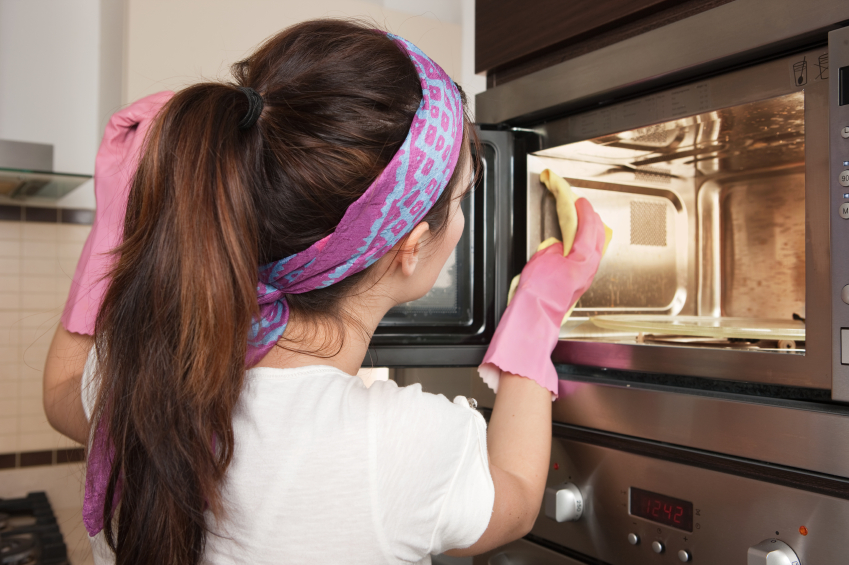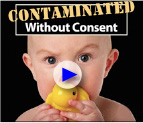 Many of us use cleaners to create a clean and healthy environment. But unfortunately, cleaning products can contain toxic chemicals linked to birth defects, fertility problems, breast cancer, asthma, and other serious illnesses. In addition, no law requires cleaning product companies to list the ingredients in their products, which means that companies are legally allowed to keep toxic chemicals a secret from consumers.
Many of us use cleaners to create a clean and healthy environment. But unfortunately, cleaning products can contain toxic chemicals linked to birth defects, fertility problems, breast cancer, asthma, and other serious illnesses. In addition, no law requires cleaning product companies to list the ingredients in their products, which means that companies are legally allowed to keep toxic chemicals a secret from consumers.
Women are disproportionately impacted by exposure to toxic chemicals in cleaning products; studies show that women still do more than 70% of the housework in the average home. In addition, the Bureau of Labor Statistics reported in 1995 that of the 1.4 million people working in the “maids and housekeeping cleaners” industry, 89.5% were female. Nationally, over one-third of housekeeping cleaners are Latina, while another 20% are African-American.
The impact of toxic chemicals on women is of particular concern since many chemicals stored in a woman’s body are passed on to her child during pregnancy and later through breast-feeding. Chemical ingredients in the cleaning products, such as dibutyl phthalate, 2-butoxyethanol, glycol ethers, perchloroethylene and formaldehyde, are linked to cancer, hormone disruption, birth defects, respiratory disease, chemical burns to the eyes and skin, and more.
Fragrance
A new report from Women’s Voices for the Earth, Secret Scents: How Hidden Fragrance Allergens Harm Public Health, finds that millions of people are affected by skin allergies caused by chemicals in fragrance. Common fragrance chemicals have also been linked to neurotoxic effects, respiratory effects, immune system impacts, and other health impacts.
Women are also disproportionately impacted by fragrance: Studies show that women are 2 – 3 times more likely to suffer from fragrance allergy, likely because they’re more exposed to perfumed personal care and cleaning products, and women become sensitized much earlier than men do.
Unfortunately, it’s nearly impossible for consumers to avoid specific fragrance allergens or other chemicals because companies keep fragrance ingredients a secret.
The solution is simple: Companies should disclose fragrance ingredients in products so that people have the choice to avoid harmful chemicals.
Resources:
Secret Scents infographic: http://www.womensvoices.org/take-action/campaigns/secret-scents/
WVE reports on cleaning products: http://www.womensvoices.org/science/reports/
Cleaning for Healthy Schools Toolkit: http://www.cleaningforhealthyschools.org/
Healthy Purchasing for Healthy Schools: http://healthyschools.org/documents/CHS_healthypurchasinghealthyschools.pdf
Green Cleaning Party Kit: http://www.womensvoices.org/take-action/green-cleaning-parties/
DIY recipes: http://www.womensvoices.org/avoid-toxic-chemicals/diy-recipes/
EWG Guide to Healthy Cleaning: http://www.ewg.org/guides/cleaners




